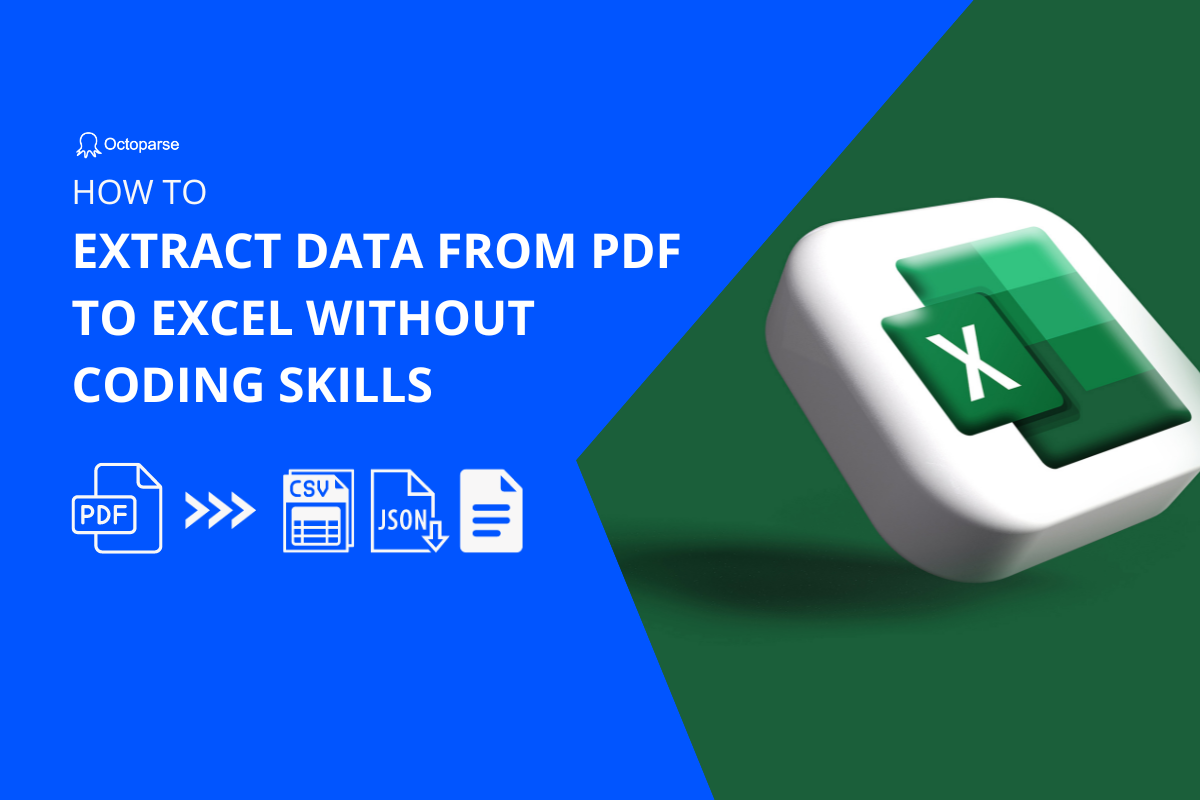
Understanding the PDF Data Extraction Landscape
In the digital age, information is power, and PDFs have become one of the most prevalent document formats for storing critical data. However, extracting meaningful information from these files can feel like navigating a complex maze. Whether you‘re a data analyst, researcher, or business professional, the ability to efficiently transform PDF documents into structured Excel spreadsheets is an invaluable skill that can save countless hours of manual work.
The Evolution of PDF Data Extraction
PDFs were originally designed to maintain consistent formatting across different platforms, creating a significant challenge for automated data extraction. What began as a seemingly impenetrable document format has now become increasingly accessible through sophisticated technological solutions.
Technical Challenges in PDF Data Extraction
Modern PDF documents present multiple extraction challenges that require nuanced approaches. Unlike simple text files, PDFs can include complex layouts, embedded graphics, multiple text layers, and varying formatting that complicate traditional data retrieval methods.
Key Extraction Obstacles
Professionals encounter several critical challenges when attempting to extract data from PDFs:
Formatting Complexity
PDFs preserve exact visual representations, which means text can be arranged in non-linear, intricate patterns. Tables might span multiple pages, text could be embedded within graphics, and font variations can disrupt standard extraction algorithms.Character Recognition Limitations
Optical Character Recognition (OCR) technologies have significantly improved, but they still struggle with handwritten text, unusual fonts, and low-resolution scanned documents. Each extraction attempt requires careful calibration and validation.Security and Access Restrictions
Many PDFs include built-in security measures that prevent direct text extraction. Encryption, password protection, and digital rights management can create additional barriers for data professionals.
Comprehensive PDF Extraction Strategies
Manual Extraction Methods
While technological solutions exist, understanding manual extraction techniques provides crucial foundational knowledge. Traditional approaches include:
- Manual copy-paste techniques
- Screen capture and retyping
- Using built-in PDF reader export functions
These methods, though time-consuming, offer insights into the underlying challenges of data extraction.
Software-Based Conversion Tools
Several professional-grade tools have emerged to streamline PDF data extraction:
Adobe Acrobat Pro
Considered the industry standard, Adobe Acrobat Pro offers robust conversion capabilities with high accuracy. Its advanced OCR technology can handle complex document structures and multiple language support.
Smallpdf and PDFelement
These web-based and desktop tools provide user-friendly interfaces for quick PDF to Excel conversions. They‘re particularly useful for professionals without advanced technical skills.
Programmatic Extraction Techniques
Python-Based Solutions
Python has become the preferred language for advanced PDF data extraction due to its powerful libraries and flexibility.
PyPDF2 Library
import PyPDF2
def extract_pdf_text(file_path):
with open(file_path, ‘rb‘) as file:
reader = PyPDF2.PdfReader(file)
text = ‘‘
for page in reader.pages:
text += page.extract_text()
return textThis simple script demonstrates basic text extraction, serving as a foundation for more complex data retrieval processes.
PDFMiner for Complex Extractions
PDFMiner offers more advanced layout preservation and text extraction capabilities, making it ideal for documents with intricate formatting.
Machine Learning and AI Integration
Emerging technologies are revolutionizing PDF data extraction:
Context-Aware Extraction
Advanced machine learning models can now understand document context, improving accuracy for complex layouts.Neural Network-Based OCR
Deep learning algorithms are dramatically improving character recognition, handling diverse fonts and languages with unprecedented precision.
Practical Implementation Strategies
Enterprise-Level Extraction Workflows
Large organizations require scalable, reliable PDF data extraction solutions. Recommended approaches include:
- Batch processing capabilities
- Cloud-based extraction services
- Integrated workflow management
- Automated data validation
Performance Optimization Techniques
To maximize extraction efficiency:
- Standardize document formats
- Implement robust error handling
- Use parallel processing
- Continuously train extraction models
Emerging Trends and Future Outlook
The PDF data extraction landscape continues to evolve rapidly. Artificial intelligence and machine learning are pushing boundaries, creating more intelligent, context-aware extraction technologies.
Predicted Technological Advancements
- Enhanced natural language processing
- Real-time document analysis
- Cross-platform compatibility
- Improved security and privacy controls
Conclusion: Transforming PDF Challenges into Opportunities
PDF data extraction is no longer a mysterious, complex process. By understanding available technologies, selecting appropriate tools, and implementing strategic approaches, professionals can efficiently convert PDF documents into actionable insights.
The key is continuous learning, experimentation, and staying updated with emerging technologies. Whether you‘re a data analyst, researcher, or business professional, mastering PDF extraction techniques will provide a significant competitive advantage in our data-driven world.










